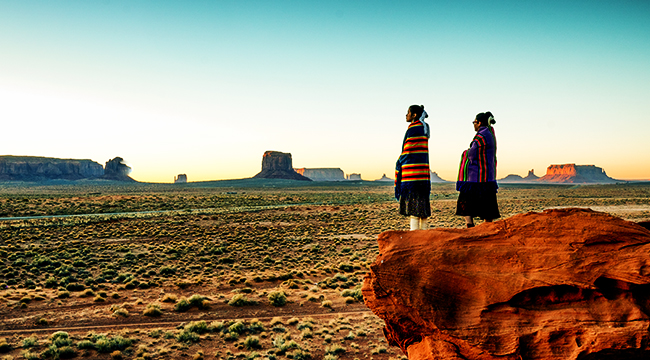
My back was aching. There was sweat on my brow and back. The stiff Montana sun was baking everything it touched. I looked out on the vast, golden plains with a longing to be anywhere more comfortable. Then, I thought, “Christsakes, at least I’m not on a horse.”
Instead, I was sitting in the relative comfort of a car, featuring both tinted windows and air-conditioning. Still, after nearly 18 hours straight on the interstate, backs begin to ache, brows begin to sweat, and your playlist begins to repeat. It was worth it though. I was on a pilgrimage one of Indigenous America’s most holy sites: The Little Bighorn Battlefield.
Well, maybe calling my trip a “pilgrimage” is a little much. As Indigenous folks, we have a rough history with pilgrims. But to an Indian kid from a rez out West, a trip like this is akin to a Muslim going to Mecca or a Catholic walking the hallowed halls of St. Peter’s. It’s a journey we all feel the need to take one day. One which allows us to support the communities we hold so much reverence for.
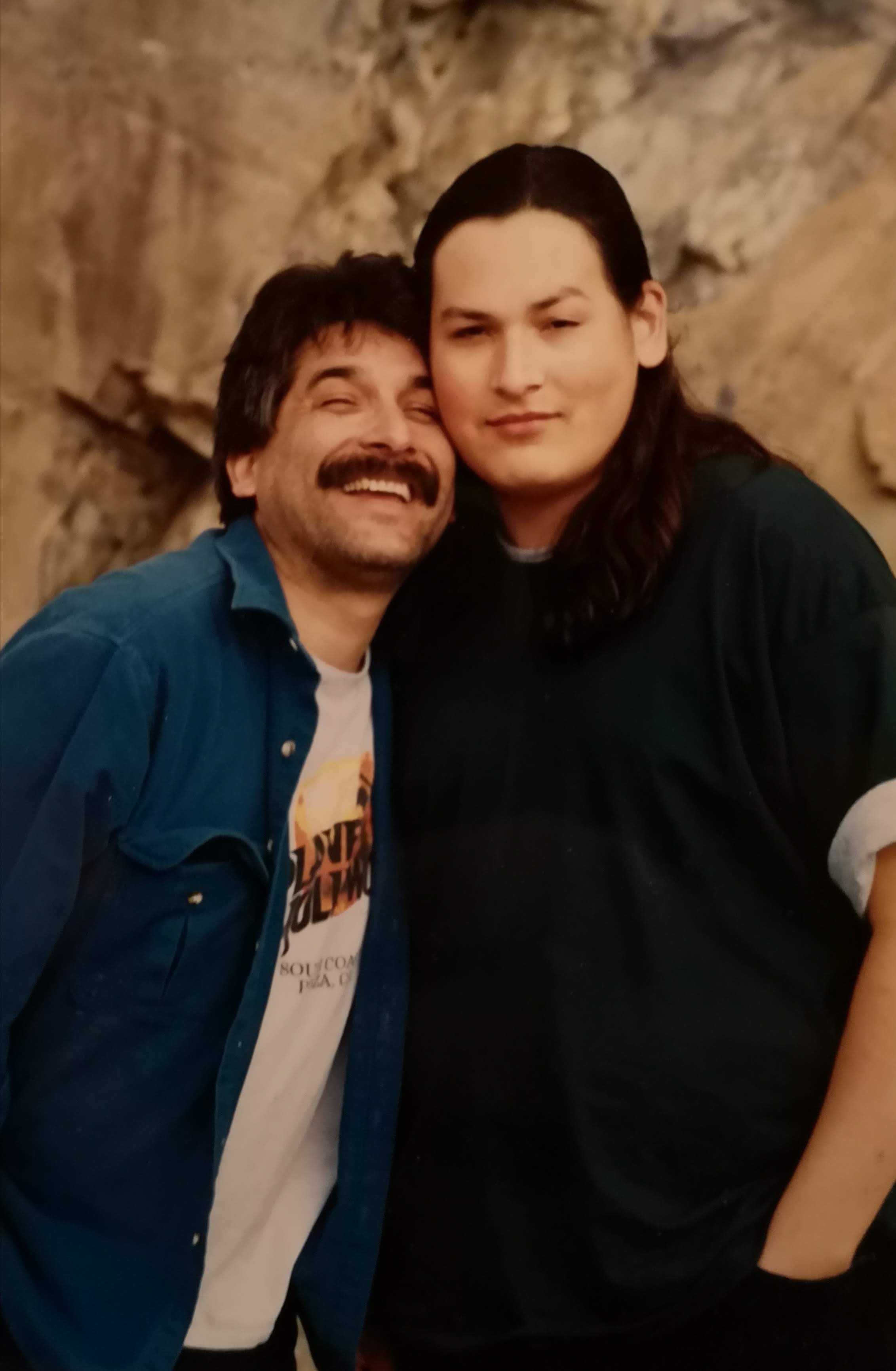
My desire to travel through Indigenous America — to see the significant sites and support the local businesses — started with my dad. You see, when we would road trip across America, we didn’t stop at Waffle Houses or roadside McDonald’s, we stopped off on the Rez — any Rez — to give our cash to people there. Instead of grabbing Double-Doubles at another In-N-Out in Utah, we drove the extra miles to eat fry bread from a Navajo shack at Four Corners. I’ve lived that ethos my entire life and have gained a deep cultural identity from it.
Reminiscing on my own adventures got me thinking about the wider Indigenous world in America. Reservations and Indigenous communities are rich with history, scenery, and adventure — but far too often ignored when people start making travel plans. With that in mind, I thought I’d lay down some of my favorite places to stop across Indigenous America when you’re road-tripping this spring and summer. These are places where you can support Indigenous communities with your tourist dollars and maybe learn something new about your country along the way.
LITTLE BIGHORN BATTLEFIELD, CROW NATION (MONTANA)
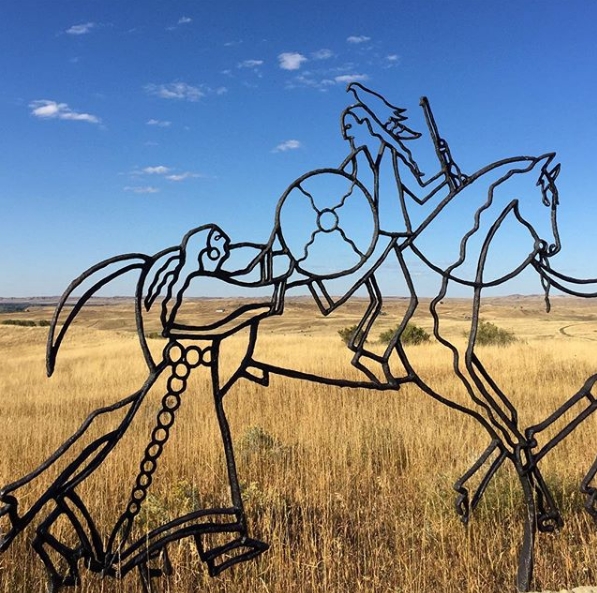
As I said above, Little Bighorn Battlefield is one of those few Indigenous destinations that draws a lot of people. This is the spot of one of the biggest (and most decisive) victories in Indigenous American history. It’s a moment of triumph memorialized for all to see and learn from.
That actual site itself is a National Monument, run by the U.S. government. That means you’re going to have to pay $20 to drive into the park ($15 if you’re on a motorcycle). This fee goes to the National Park Service to keep the park running.
Right next door to the park, on Crow Nation land, is the Custer Battlefield Trading Post where you can buy souvenirs, t-shirts, Indigenous art, and grab lunch from the Trading Post Cafe. Their Indian Tacos and Buffalo Burgers are great road trip filler.
RED LAKE NATION FISHERY (MINNESOTA)
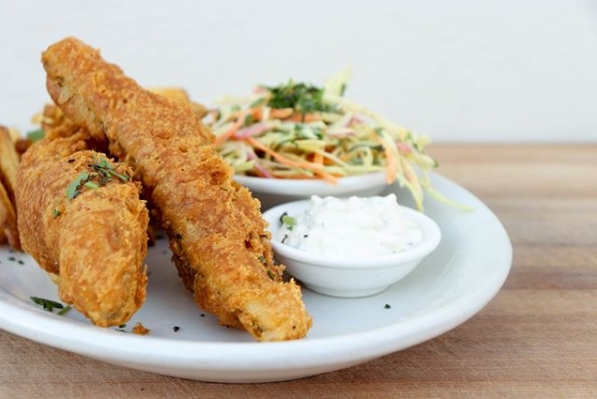
The Red Lake Nation up in Minnesota is your best bet for a great road trip pitstop. The fishery is right off Minnesota Highway One which runs east to west across the center of the state.
The fishery is run by the Red Lake Nation from the administration to the fishing to the processing and selling of primarily walleye white fish from Red Lake. Every plate of fish you buy and every ounce you have sent back home goes directly into the tribe’s economy. Add on that this is all wild food — which is caught sustainably — and you have a pretty big win.
So, here’s the play: Stop in at the Red Lake Nation Fishery to see how the fish is caught, processed, and smoked. Then head into Redby and drop into Red Lake Nation Foods. You can snag everything from wild smoked whitefish to locally harvested wild rice to wild harvested jams and syrups. It’s the perfect spot to stock up.
CHEROKEE HERITAGE CENTER, CHEROKEE NATION (OKLAHOMA)
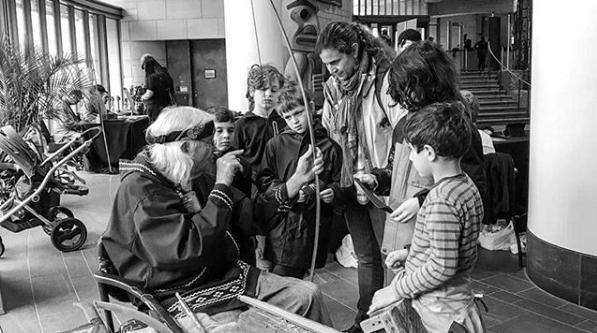
There are few stories about the American experience more important than the ethnic cleansing of the Cherokee, Chickasaw, Choctaw, Creek, and Seminole from their ancient homelands. Tens-of-thousands died along the brutal path from the American South to present-day Oklahoma.
This history is on display for all to see and learn from at the Cherokee Heritage Center in Park Hill, Oklahoma. The center has interactive museum attractions where Cherokee will teach you about their ways of life both in the past before the Trail of Tears and present day. This is living history that’s essential to every American.
The Heritage Center costs $8.50 admission and includes the Cherokee National Museum, Diligwa (a recreation of a 1710 Cherokee Village), Adams Corner Rural Village, Trail of Tears Exhibit, the Cherokee Family Research Center, and Cherokee National Archives.
SHE NAH NAM SEAFOOD MARKET, NISQUALLY (WASHINGTON)
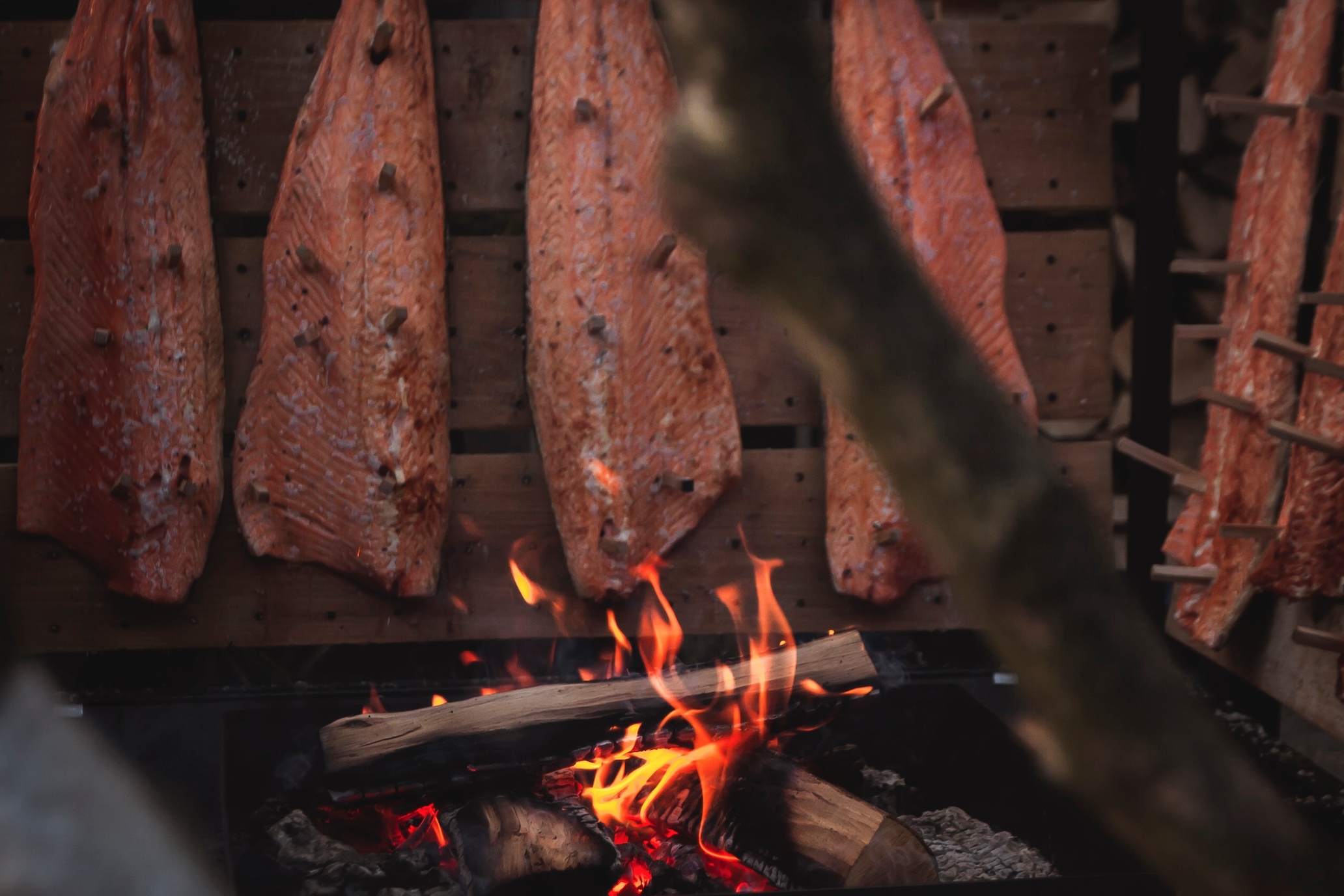
She Nah Nam Seafood Market is a Pacific Northwest institution. The Nisqually Nation is killing the local salmon game and offers one of the best wild food experiences you can have anywhere on the West Coast.
You can score bags of local oysters, crabs, prawns, clams, cod, and all the salmon you could ever hope for. If that’s not enough to entice you in, this spot is only a couple minutes off the I-5 along Highway 510 — half-way between Tacoma and Olympia.
This is a straight-up market. They don’t really have tables to eat in-house. However, we highly recommend pulling down a tailgate and eating in the parking lot. Their smoked salmon is a must-have year round and comes in a nice, air-tight package, meaning you can take a lot with you for on-road snacking.
BETTE’S KITCHEN, PINE RIDGE INDIAN RESERVATION (SOUTH DAKOTA)
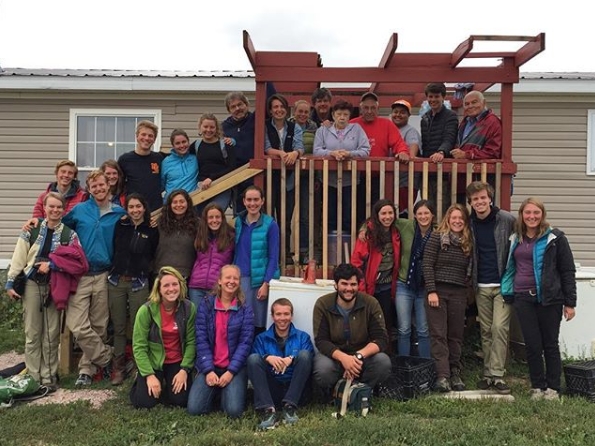
Deep on the Pine Ridge Indian Reservation, you’ll find a retired nurse doing the work she loves. Bette’s Kitchen is the destination on the Pine Ridge for hungry travelers. Bette has been slinging food from her home’s kitchen (seriously, this place is her actual house) for nearly 20 years.
This place is a little hard to find but worth the sleuthing. You’ll walk into a true reservation home when you walk into Bette’s. The “dining room” tables are in her living room and you’ll sit under row after row of framed photos of Bette’s family going back generations.
The menu rotates depending on what’s available at the moment and Bette’s mood. Sometimes you’ll get Buffalo burgers if she has them in stock, other times it’ll be regular beef burgers. Wojapi — a berry preserve from the plains — is always on the menu for dessert and don’t you dare skip it.
TUBA CITY TRADING POST, NAVAJO NATION (ARIZONA)
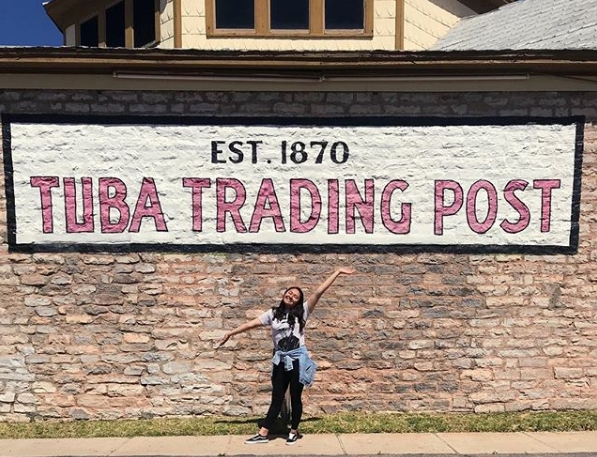
The Navajo Nation has a lot of draws. The Grand Falls, the Painted Desert, the Four Corners, endless canyons, little roadside huts selling Navajo Tacos, and so, so much more. Picking a single place to stop feels like a fool’s errand. It’s all pretty great.
The Navajo trading posts are always a great place to stretch your legs in between picturesque falls or canyons. Spots like the Tuba City Trading Post are the perfect locales to score locally made art and crafts and grab a bite or drink (hit Hogan’s Family Restaurant behind the post).
This particular spot has been a working trading post since the 1870s, and the trading post that’s standing now has been there since 1906. The trading post has the added benefit of being right next door to the Explore Navajo Interactive Museum where you can learn a little about Navajo culture and history while you’re stretching those legs.






